Perspective
Monkey Business: How Brands Seize Marketing Opportunities During Chinese New Year?
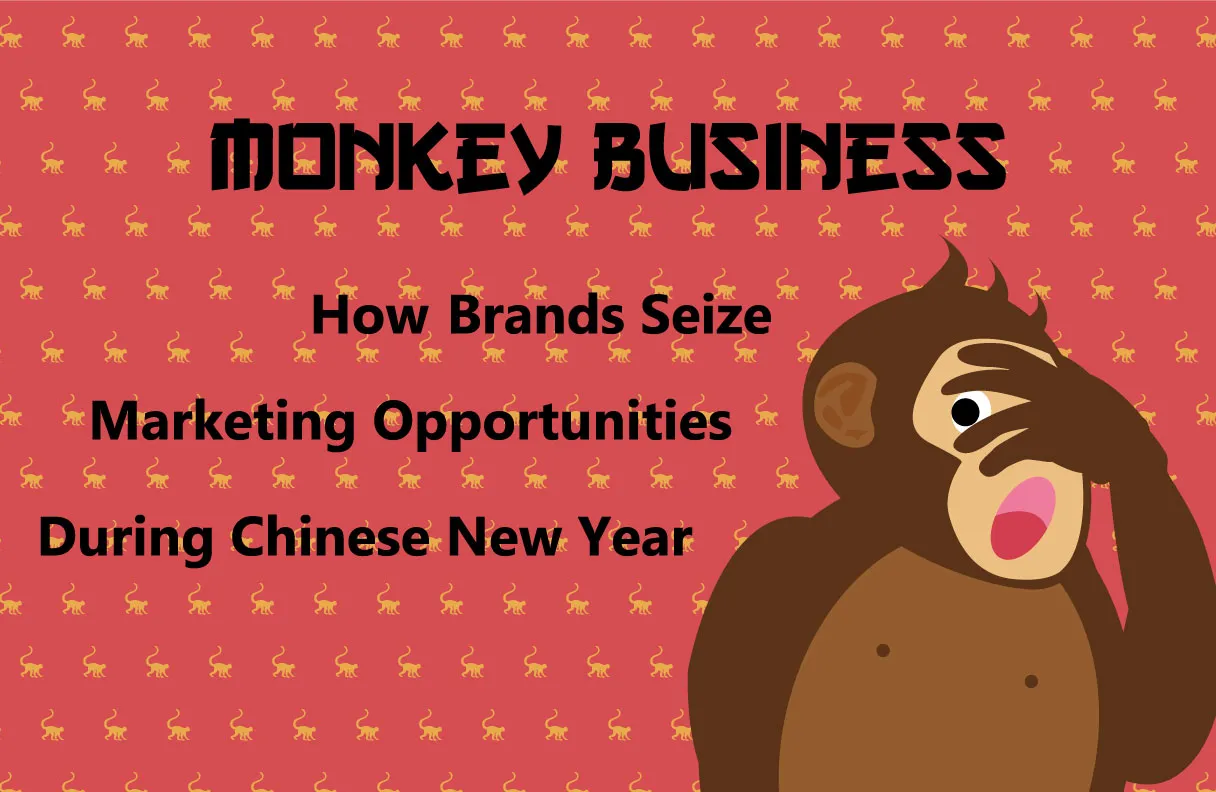
Every year, numerous brands decide to seize the sales opportunity that comes along with the Chinese New Year and celebrate it with their customers by introducing commemorative, Chinese Lunar New Year "limited-edition" items. But how big is the actual demand for this kind of good? If so many (usually) luxury brands decide to launch the CNY collections, there must be a considerable group of buyers interested in purchasing bags, watches and cosmetics with an emblem of a Horse (two years ago), Sheep (last year) or Monkey (this year).
What's even more interesting, the brands no longer limits their marketing efforts to Chinese or Asian market. Special events, promotions or hongbao lotteries (a red envelope containing money given during Chinese New Year, weddings and other special occasions) are organized in cities like New York or London and places of high concentration of Chinese diaspora or popular tourist destinations for Chinese middle and high-class travelers.
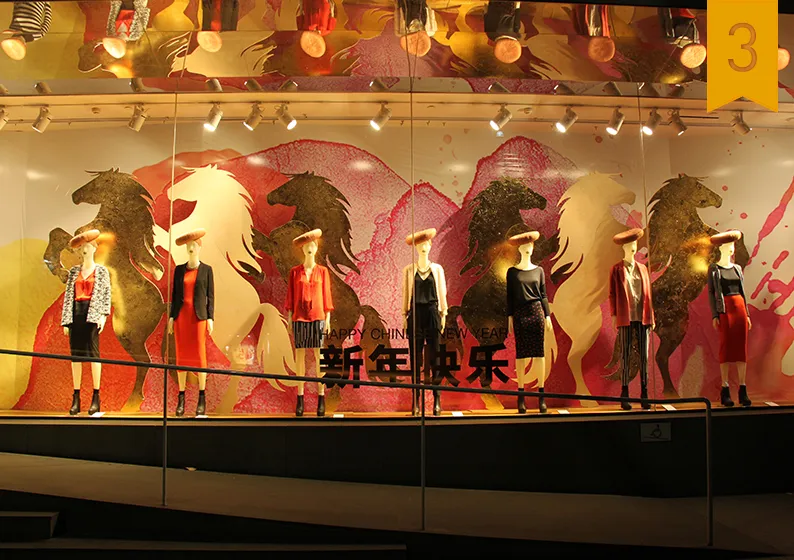
When Brand Localization Goes Wrong...
Some brands do it great, some miserably miss the point and end up being mocked online by Chinese consumers. The intentions are usually good, but sometimes the execution fails to satisfy Chinese clients' taste and sense of authenticity. Chinese consumers complain about lack of creativity when it comes to designing for Chinese market. Some netizens said that "it seems as if foreigners think if they simply design a monkey, Chinese people would like them". Majority of the products use only red and gold colors, which as one journalist noted "this entire shiny design just makes me feel bad, not just because it looks terrible, but also because it made me realize that's how Westerners must think of most Chinese people's ideas of beauty - like we are some rich country bumpkins who struck it rich overnight and want to decorate ourselves with gold and jewels to show off our wealth". These strong statements show that sometimes it's better for a brand to resign from launching an inconsiderate and culturally wrong product, and as a result offending its loyal clientele in Beijing, Shanghai and Guangzhou.
Nike Stumbles Over the Monkey...
One of the hottest example of intercultural gaffe is the Chinese New Year's edition of Nike's sneakers with traditional Chinese characters 發 ("fa" meaning getting richer) on one shoe, and 福 ("fu" meaning fortune arrives) on the other, which are perfectly fine separately, but paired mean "get fat"! Actually, it wasn't the only err by Nike this year. They also released Nike Air Force 1 shoes that Chinese netizens almost unanimously described as reminding "village style" because of Chinese transliteration of the word Nike (耐克: Nai Ke) on the back, which makes them look like cheap fakes and also because of strange, giant baby's head from traditional Chinese paintings on the insoles.

We collected some of the most noted (good and bad) examples of Lunar New Year-themed products! Take a look at our selection and read most common comments made by Chinese netizens.
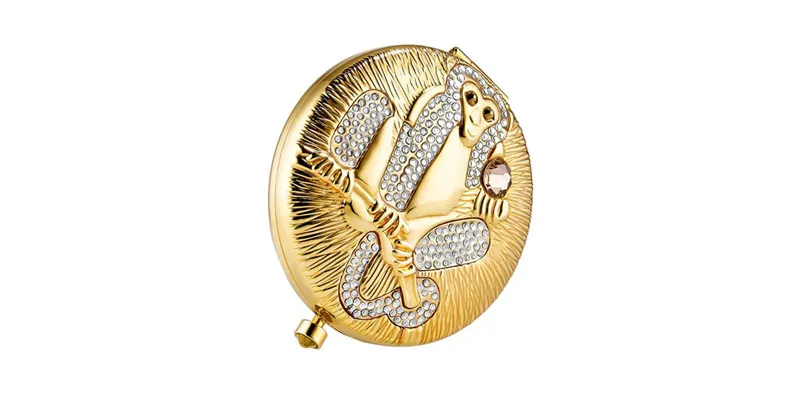
Estée Lauder's Year of the Monkey compact powder design was not received well either. It was presented as an example of unnecessary shine and terrible pattern.
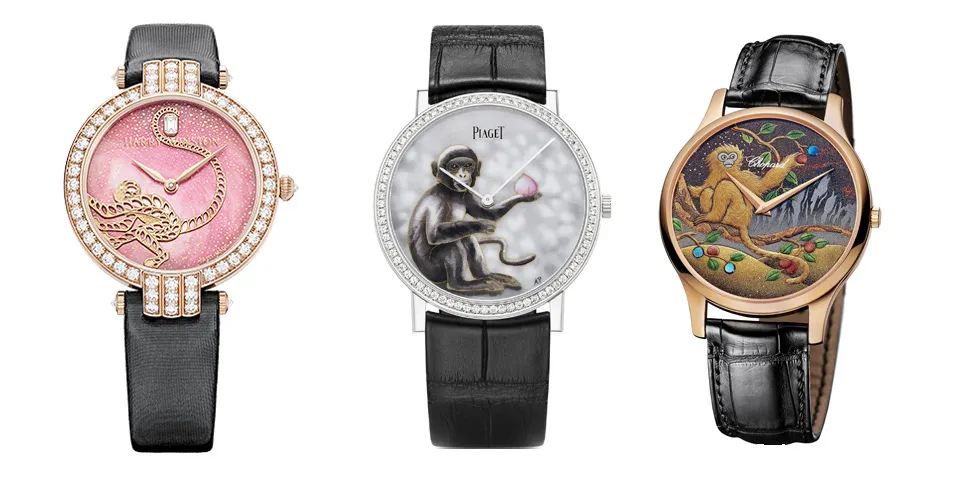
Harry Winston watch has been described as too 'bling-bling'. Then, monkeys from Piaget and Chopard watches as too realistic, like they would jump out at any second.
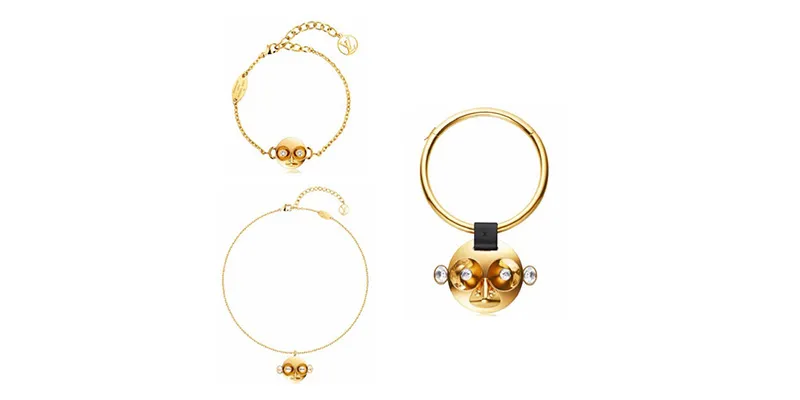
Louis Vuitton's Chinese New Year's jewelry collection didn't receive applause either. The monkey was said to resemble an alien. Some of the most humorous comments from the web include "Does this monkey come from other planet?".
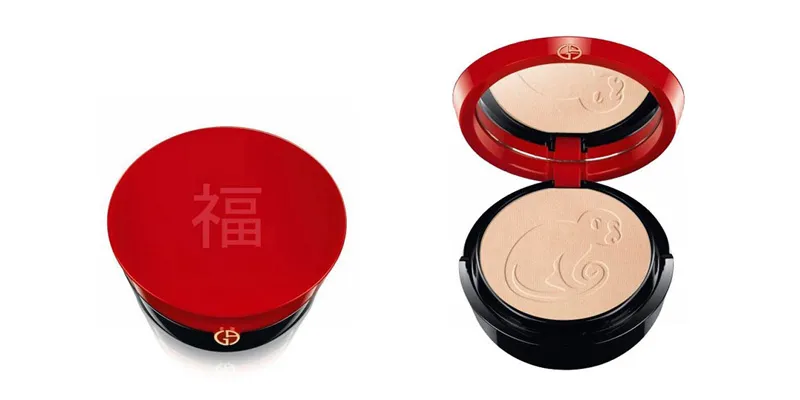
What could possibly go wrong with Armani highlighting palette cover? Chinese point out that the character 福 (fortune) has no design at all! It rather looks like copied from a text file. Chinese people pay attention to calligraphic style of Chinese character. During the Chinese New Year in Shanghai, we can spot beautifully styled 福 around every corner.
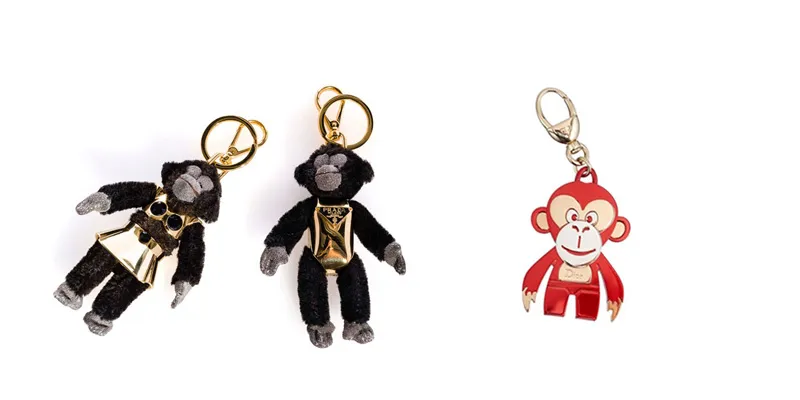
Whereas the key rings from Prada are quite funny, the one from Dior doesn't quite correspond with the brand's elegant image. And simply is not very pretty.
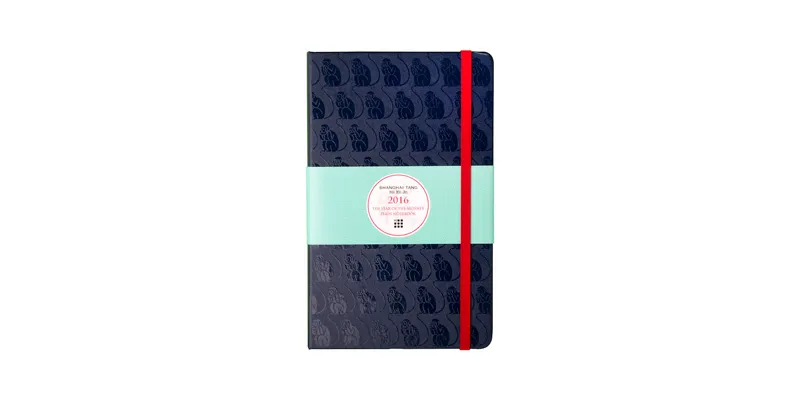
Moleskine chose to collaborate with Shanghai Tang, the Hong Kong-based luxury lifestyle brand, and the results is a very elegant notebook with embossed monkey print as well as a series of planners featuring Chinese horoscope and feng shui guide to interior design for the office.
As you can see there's still a lot of misunderstandings between Western brands and Chinese consumers. The clichéd mix of red and gold, sprinkled with diamonds, is not always the best choice, as more and more Chinese clients strive for more modest and tasteful items. Simple language mistakes can also lead to major mishaps.
Brands considering launching Lunar New Year-themed line should carefully rethink how their products can be received on Chinese market. A good solution is to outsource or consult the project to a professional agency that has vast brand localization experience on Asian market. Teaming up with Chinese artists and designers is a good bet too!
Frequently asked questions




